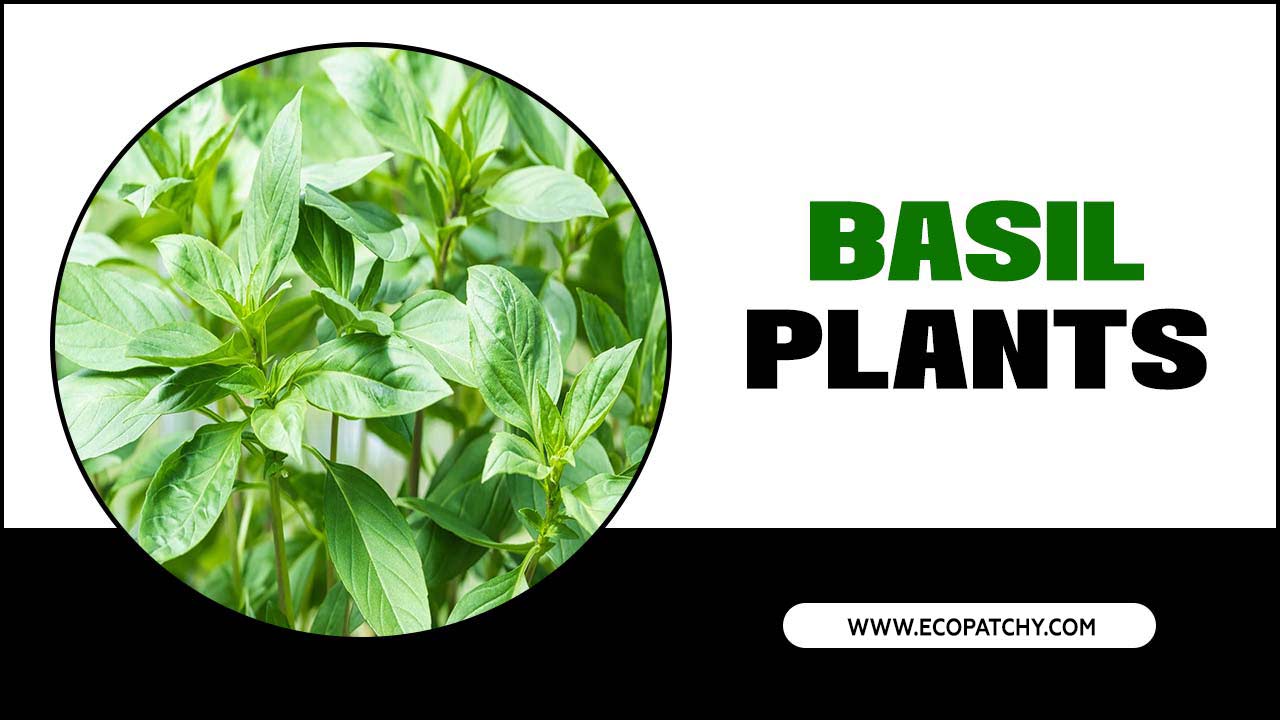Bay leaf, also known as Laurus nobilis, is a versatile and aromatic herb that has been used in cooking and healing for centuries. It is native to the Mediterranean region and is now widely cultivated around the world, making it easily accessible for home gardeners.
Growing your own bay leaf plant not only adds a beautiful touch to your garden but also ensures a constant supply of fresh and flavorful leaves for your culinary creations. However, like any plant, bay leaf requires proper care and attention in order to thrive.
We will delve into the world of bay leaf plants, discussing everything from choosing the right location to harvesting and preserving the leaves. Whether you are a seasoned gardener or just starting, this guide will provide you with all the necessary information to successfully grow and care for your very own bay leaf plant.
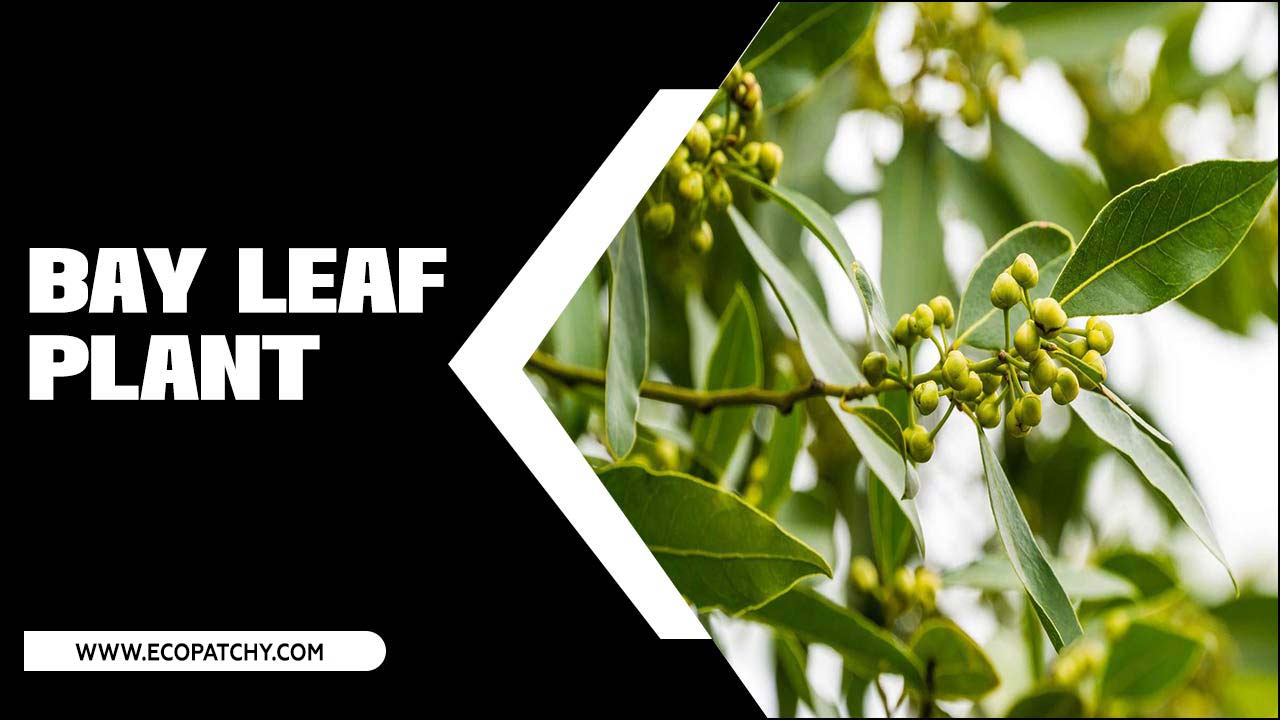
What Is Bay Leaf?
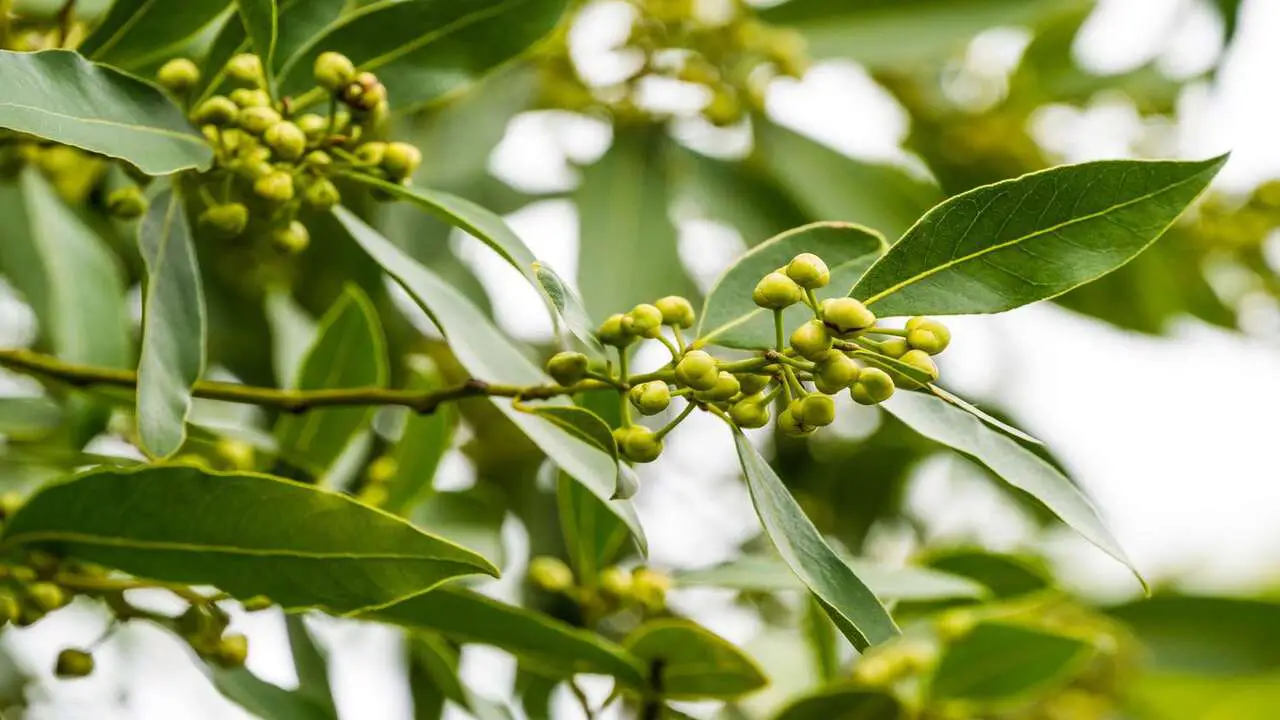
Bay leaf is a culinary herb that is commonly handy in cooking to add flavor and aroma to dishes. It comes from the bay laurel tree, which is native to the Mediterranean region. The leaves of the bay laurel tree are typically dried and handy whole or ground in recipes.
Bay leaf has a distinct and slightly floral taste, with hints of menthol and eucalyptus. It is often handy in soups, stews, sauces, and marinades, as well as in pickling and preserving. Bay leaf is popular for its ability to enhance the flavor of other ingredients and can add depth to both savory and sweet dishes.
How To Grow And Care For Bay Leaf Plant? – 7 Easy Ways
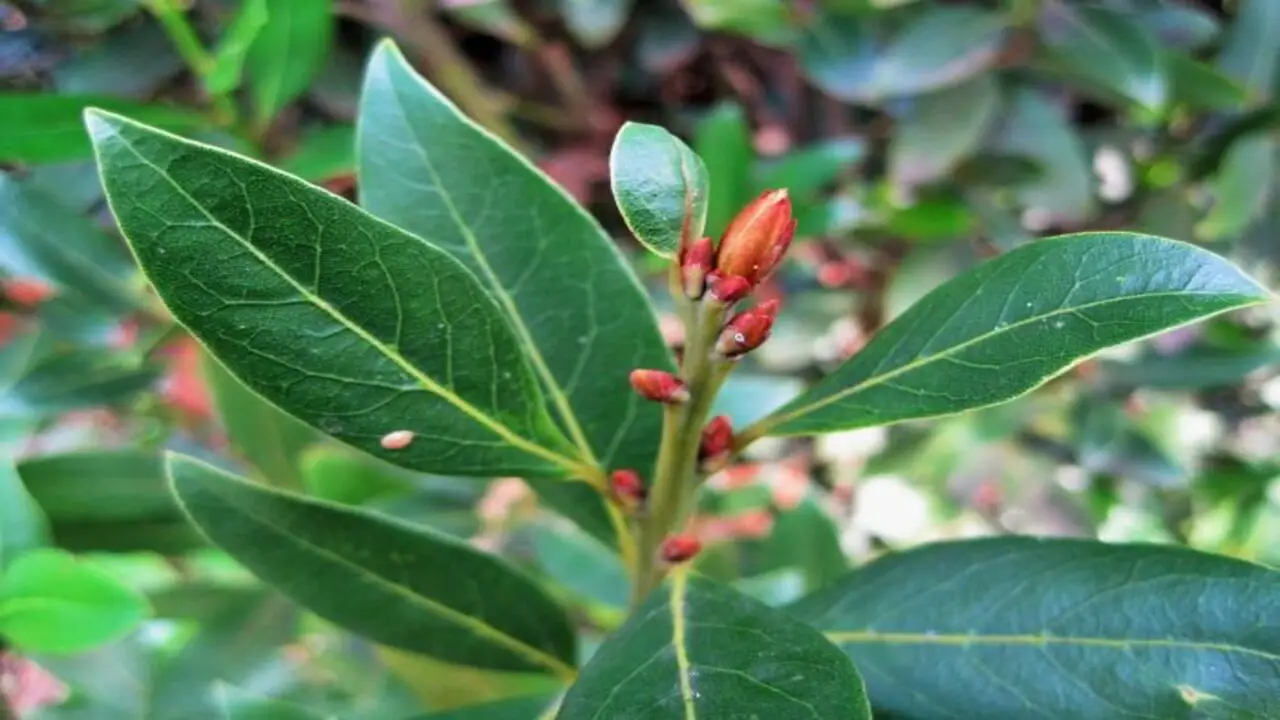
Growing and caring for a bay leaf plant is relatively easy, and there are several ways to ensure its health and vitality. By following these simple steps, you can enjoy a thriving and productive bay leaf plant in your garden or container. Here are seven simple steps to help you grow and care for your bay leaf plant:
1.Location And Sunlight Requirements
For optimal growth of your bay leaf plant, choose a sunny location with partial shade. Ensure that the plant receives at least 6 hours of direct sunlight every day to thrive. Protect it from strong winds and extreme temperatures, as they can harm the plant.
If growing indoors, consider placing the bay leaf plant near a bright window to provide it with the necessary sunlight. By finding the right spot and giving it adequate sunlight, you can ensure that your bay leaf plant flourishes and produces its aromatic leaves, enhancing your culinary creations.
2.Soil Type And Fertilizer

For optimal growth of your sweet bay plant, it is important to choose the right soil type and provide adequate fertilizer. Use well-draining soil with good moisture retention to ensure proper drainage while retaining enough moisture for the plant’s needs. Incorporating organic matter like compost into the soil will improve its fertility and provide essential nutrients.
During the growing season, apply a balanced organic fertilizer to provide the necessary nutrients for healthy growth. However, be cautious not to over-fertilize as it can damage the plant’s roots. By following these soil and fertilizer practices, you can ensure that your bay tree thrives in its environment.
3.Watering And Pruning
Watering your bay leaf plant is crucial for its overall health. Deeply water the plant once a week, allowing the soil to dry between waterings. However, remember to adjust the watering frequency based on the weather conditions. During hot and dry periods, you may need to water more often to prevent the soil from drying out completely.
Pruning is also an important aspect of caring for your bay leaf plant. Early spring is the best time to prune, as it encourages new growth. Trim off any dead or damaged branches to maintain the plant’s health and appearance. By doing so, you ensure that the plant retains its shape and continues to thrive.
Remember, the bay leaf plant is also popular by various other names such as sweet bay, bay tree, or Grecian laurel. It is an evergreen tree native to the Mediterranean region. Its aromatic leaves are commonly used in cooking as a culinary herb, adding a unique flavor to dishes like bouquet garni or seasoning for soups and stews.
4.Propagating Bay Leaf Plant
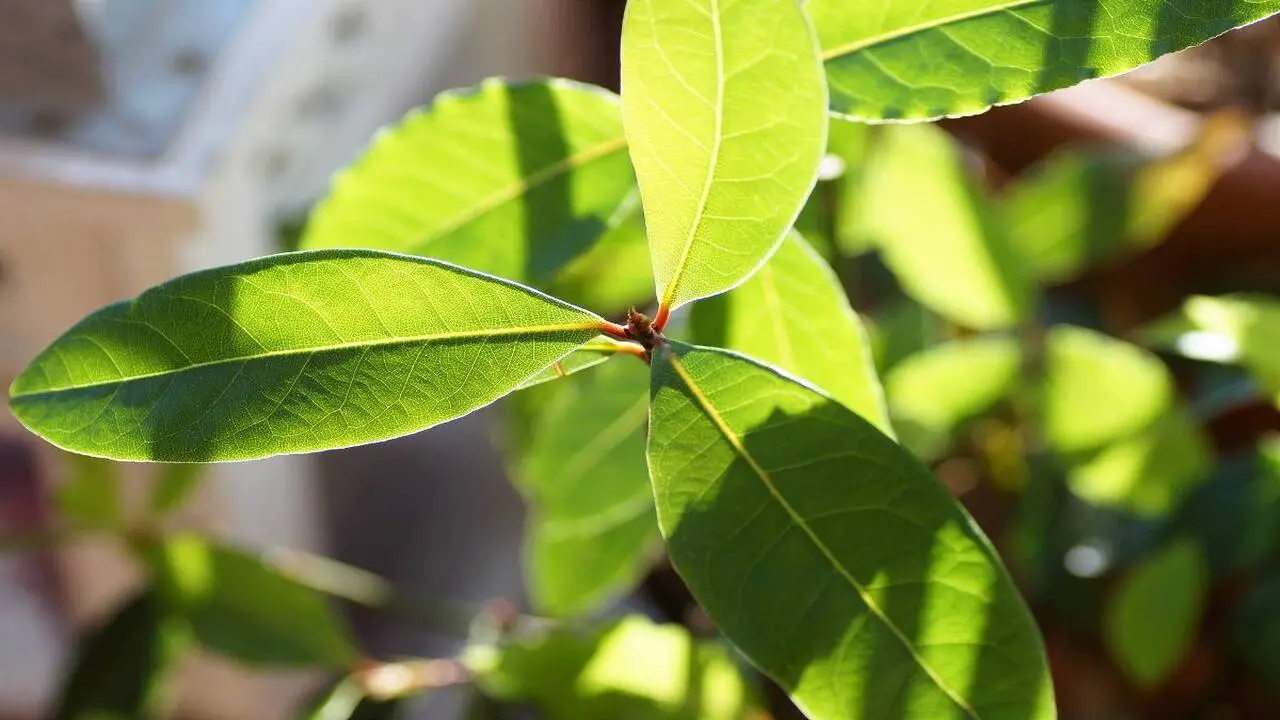
To propagate a sweet bay plant, you can use softwood cuttings during late spring. Start by preparing a rooting medium made of perlite and peat moss. Take 4-6 inch cuttings from healthy branches, removing the lower leaves.
Dip the cut ends in rooting hormone before placing them in the prepared medium. To ensure successful root growth, maintain a warm and humid environment for the cuttings. Remember, the bay tree is an evergreen with aromatic leaves commonly used in cooking, and it’s important to handle it carefully as it can cause skin irritation.
Once the cuttings have rooted, you can transfer them to larger containers or outdoor beds, depending on your preference. Propagating bay leaf plants allows you to expand your herb garden and enjoy the fragrance and flavor of this culinary herb.
5.Controlling Pests And Diseases
Keeping a vigilant eye out for common pests such as aphids and spider mites is crucial when caring for a bay leaf plant. Opting for organic pest control methods like neem oil or insecticidal soap can effectively combat these unwanted visitors. To prevent root rot, it is important to ensure proper drainage and avoid overwatering the plant.
Regular monitoring of the plant can help identify any signs of disease, enabling prompt action to be taken. By following these practices, you can create a healthy and thriving environment for your sweet bay, also known as the bay tree, with its aromatic leaves and culinary herb potential.
6.Harvesting And Drying Bay Leaves

When it comes to harvesting and drying bay leaves, there are a few important points to keep in mind. First and foremost, it’s crucial to wait until the leaves are mature and have turned a dark green color. Using pruning shears, carefully remove the desired leaves, making sure not to damage the rest of the plant.
Once you have your bay leaves, it’s time to dry them. Lay them out in a single layer on parchment paper in a cool, dry place. This will help preserve their flavor and aroma. After they have dried completely, store them in an airtight container away from light and moisture to maintain their quality for future use. By following these steps, you’ll be able to enjoy the aromatic and flavorful qualities of bay leaves in your cooking.
7.Caring For A Bay Leaf Plant
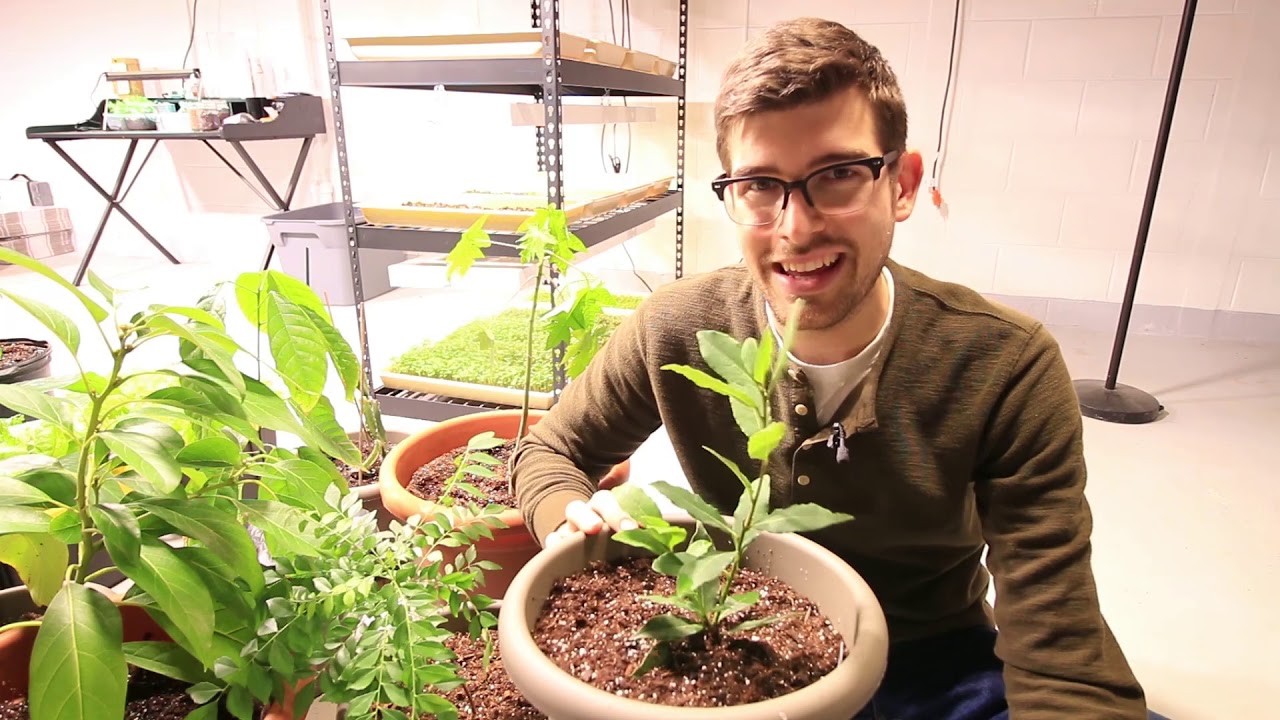
Caring for a bay leaf plant is relatively easy and can be a rewarding addition to your indoor or outdoor garden. Here are some tips to help you keep your bay leaf plant healthy and thriving:
- Light: Bay leaf plants prefer bright, indirect sunlight. Place them near a window where they can receive at least six hours of sunlight each day.
- Watering: Water your bay leaf plant regularly, making sure the soil is evenly moist but not waterlogged. Allow the top inch of soil to dry out between waterings to prevent overwatering.
- Temperature And Humidity: Bay leaf plants thrive in temperatures between 60-75 degrees Fahrenheit (15-24 degrees Celsius). They also prefer moderate humidity levels, so consider misting the leaves occasionally or placing a tray of water nearby to increase humidity.
- Pruning: Regular pruning will help promote bushier growth and maintain the desired shape of your bay leaf plant. Trim any dead or damaged leaves and prune back any overgrown branches.
- Fertilizer: Feed your bay leaf plant with a balanced, water-soluble fertilizer every two weeks during the growing season (spring and summer). Follow the instructions on the fertilizer packaging for proper dilution ratios.
By following these care tips, you can enjoy fresh bay leaves from your plant and add a touch of culinary delight to your dishes. Happy gardening!
Common Issues With Bay Leaf Plants
Bay leaf plants are generally low-maintenance and hardy, but they can still encounter some common issues. By monitoring your bay leaf plant closely and addressing any issues promptly, you can help keep it healthy and thriving in your garden or indoor space. Here are a few potential problems to look out for when caring for your bay leaf plant:
- Overwatering: Bay leaf plants prefer well-draining soil, so overwatering can lead to root rot. Be sure to allow the top layer of soil to dry out before watering again.
- Underwatering: On the other hand, underwatering can cause the leaves of the bay leaf plant to turn yellow and droop. Make sure to provide enough water, especially during dry periods.
- Pests: Bay leaf plants are susceptible to pests such as aphids, mealybugs, and scale insects. Regularly inspect your plant for any signs of infestation, such as sticky residue or tiny insects on the leaves.
- Nutrient Deficiencies: If the leaves of your bay leaf plant start turning yellow or showing signs of discoloration, it may be a sign of nutrient deficiencies. Consider using a balanced fertilizer specifically formulated for herbs to ensure your plant is getting the necessary nutrients.
Conclusion
To sum up, growing and caring for a bay leaf plant is a rewarding experience that can add flavor and fragrance to your culinary endeavors. By providing the right conditions of sunlight, soil, water, and pruning, you can ensure the healthy growth of your bay leaf plant.
Additionally, it is important to be aware of common issues such as pests and diseases that may affect the plant and take appropriate measures to control them. Harvesting and drying bay leaves properly will ensure their maximum flavor and aroma. So, if you are a fan of using fresh bay leaves in your cooking, consider growing your bay leaf plant and enjoy the benefits of this versatile herb in your kitchen.
Frequently Asked Questions
1.Can I Grow Bay Leaves At Home?
Ans: Yes, bay leaf plants can be successfully grown at home in pots or gardens. They thrive in well-drained soil and require regular watering. With full sun to partial shade and a warm climate, bay leaf plants can flourish. Once mature, their leaves can be harvested and dried for future use.
2.Does Bay Leaf Come Back Every Year?
Ans: Bay leaf plants can grow up to 30 feet tall in the right conditions. They are evergreen and can be grown as perennials in mild winters. In colder regions, they may die back in winter and regrow from their roots in spring. Well-draining soil, full sun exposure, and regular pruning are essential for their healthy growth and longevity.
3.Can You Use Bay Leaves Straight From The Plant?
Ans: Yes, bay leaves can be used straight from the plant. When they are mature and green, pick the leaves for the best flavor. Before using them in cooking, rinse and dry the leaves. Based on your preference, bay leaves can be used fresh or dried.
4.Where Is The Best Place To Grow Bay Leaves?
Ans: The ideal location to grow bay leaf plants is in a warm and humid climate. They thrive best in a sunny spot with partial shade. If you live in cooler climates, it’s recommended to grow them indoors as they are sensitive to cold and frost. Ensure the soil is well-draining with a pH between 6.0 and 7.5.
5.How Long Can A Bay Laurel Plant Live?
Ans: Bay laurel plants, scientifically known as Laurus nobilis, have a lifespan of several decades with proper care. These slow-growing plants can reach heights of 20 to 30 feet when grown in ideal outdoor conditions. Regular pruning and maintenance will help extend the life of your bay laurel plant.

